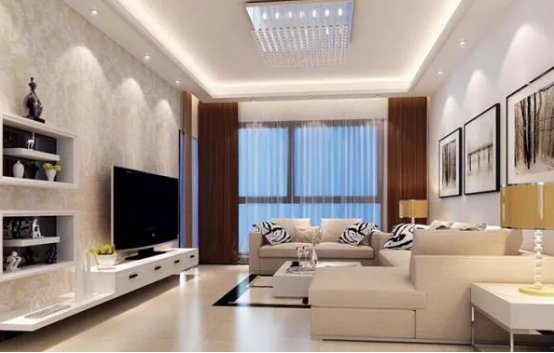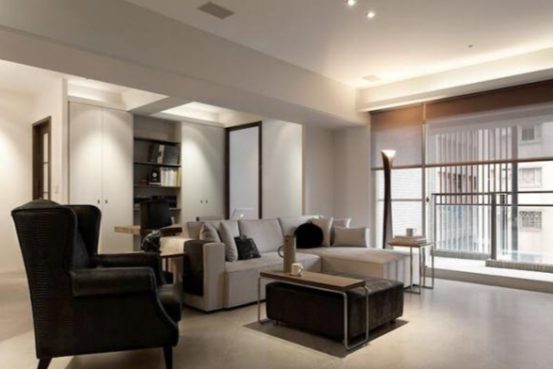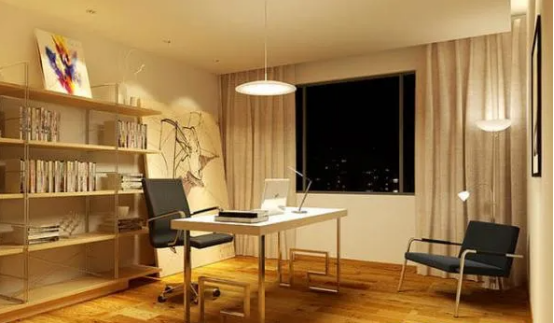Lighting is something with emotion and language. If it is designed reasonably, it will make your life, work and study very comfortable and easy. On the contrary, it will make you upset from time to time, and even affect your physical and mental health, which is especially evident in home lighting design.
The living room, bedroom, kitchen and dining room, study room, bathroom lamps… Each of them undertakes different functional missions, or needs to be transparent and bright, or needs to be warm and natural.
So, are there any principles that can be referred to in different spaces of home lighting design? What are the requirements for the color temperature selection of a specific space?
一. Living room lighting design
The living room is a large area in our home where activities are concentrated and where we receive guests. In terms of lighting design, in addition to giving an active atmosphere, it also needs to be arranged according to our own personality and preferences. For example, traditional thinking, people who are too conservative can usually use Chinese-style lamps; for soft and cute girls, pink lamps can be used; for open-minded and unrestrained people, simple and simple lamps can be used.
1. Design principles
For the lighting design of the living room, different lights should be used, and the light should be evenly arranged and not too concentrated; in addition, the installation heights of different lights should not be the same, it is best to choose high and low, otherwise it will appear too rigid. The light is soft and the brightness is appropriate.
When we make lighting choices, we must ensure that the indoor structure and layout are coordinated with each other, and we must also consider the artistry of lighting. Generally speaking, three types of chandeliers, ceiling lamps, and spotlights are used in the living room to try to make the view of the living room more open, so as to give people an open, bright, simple, elegant, and magnificent feeling.
When we lie on the sofa and watch TV or read, it is easy to feel tired. At this time, we can place a landing on one side of the sofa for local lighting. If the living room itself is already a beautiful decoration product, then you can also design a wall lamp to help highlight it.
2. Color temperature setting
For the living room, it is recommended that you choose warm white light, and you can also add floor lamps or wall lamps. Usually, warm yellow light is recommended for these two.
二. Study lighting design
The study room is where we read, work and think. If the lamps are too bright, it will make people unable to concentrate, and if the light is too dim, it will make people drowsy. Therefore, for the lighting design of the study room, it must be soft and avoid glare.
1. Design principles
In terms of lamp selection, it is best to be more elegant. In addition, the lighting is the best choice to protect eyesight. The bedroom usually has too many cool colors, so we should also match the style in terms of the color of the lamps, and don’t install any colorful or too bright lamps in the study.
Among the study rooms, ceiling lamps, fluorescent lamps and chandeliers are more commonly used. These lights can help us rummage through books. If your study room is relatively large, with a sofa or a reception area, you can also choose to design an additional floor lamp.
If there are precious calligraphy and paintings or some decorations on the walls of your study room, you can also use wall lamps or spotlights, which can not only highlight a certain item, but also make it more elegant. In addition, desk lamps are indispensable on the desk, but in terms of desk lamps, try to choose soft light, avoid glare, and avoid strong light from causing damage to the eyes.
2. Color temperature setting
The main lighting in the study is mainly warm white.




